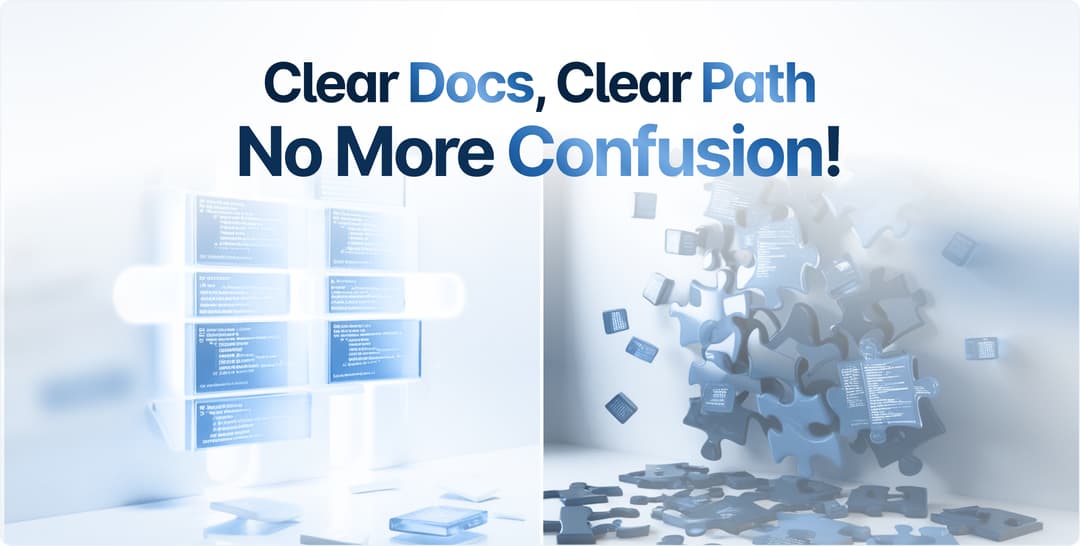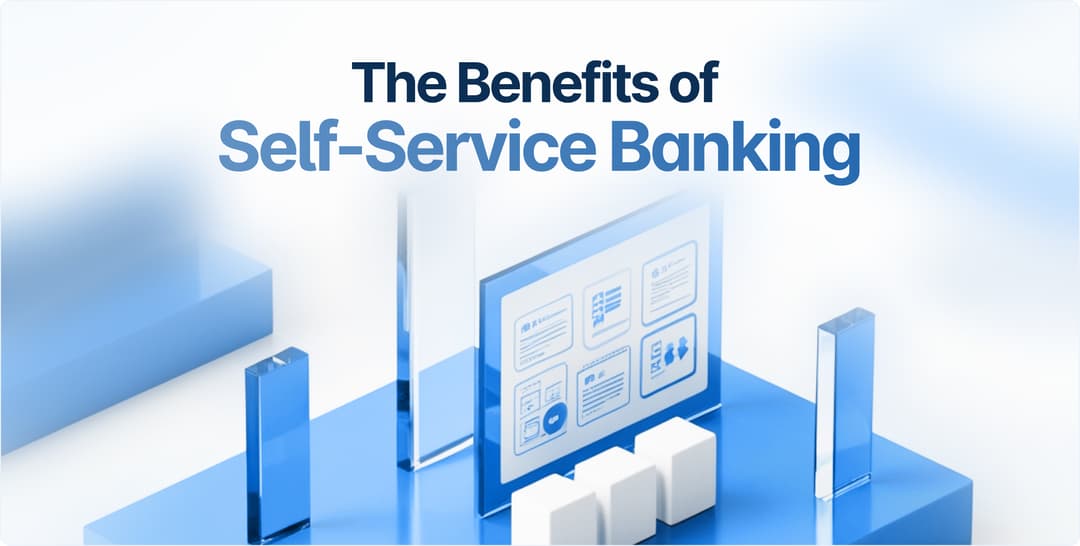If you want your team to have easy access to company information through software that also allows them to collaborate and update relevant data, you need a company wiki.
It’s easier said than done, so we’re here to give you some tips on creating a wiki your employees will want to use daily, bringing their productivity to a new level.
Build a Navigational Wiki
Without proper navigation, the users are left to their own devices, which might result in a massive waste of time, especially if your wiki is detailed and contains a lot of data.
Good wiki software will have knowledge sorted into categories and collections according to topic or company department and made easily accessible. For example, in a menu on the left-hand side. That way, everything you need is always a few clicks away and no time is wasted browsing through endless files.
The business phone system TalkChief uses Archbee as their product wiki, and shares docs with their users. In the wiki, the company explains how to use their product, going into detail on setting up a single feature.

Source: TalkChief
The navigation is intuitive and straightforward, allowing users to easily find their way around and get to the necessary information.
Easy navigation is a must in any case.
By letting people choose the desired topic from a menu that’s visible regardless of which page they visit, you’re saving them a lot of time and increasing their chances of benefiting from your wiki.

Source: TalkChief
You want users to like and use this goldmine of information since it increases their productivity whether they are end users or employees.
Diesdas.digital has gone a step further and shared its entire internal wiki with internet users. You can use their wiki for inspiration when it comes to navigation since it’s clean and informative.

Source: diesdas.digital
The company introduces the wiki itself, their team, how someone’s first day at a company looks like, explains the daily office life, how the company does business, and other details of everyday work.
The section names are straightforward, making it easy for visitors to locate the data they need.
When creating your internal wiki, first compile all the information you want to share. That overview will help you determine the best form of navigation that will work well with the amount and type of data you want to share.
Divide Content by Hierarchy
Once you understand how navigation usually looks, you should figure out how to divide the content itself. Content hierarchy seems to be the way to go regarding work information.
By hierarchy, we mean starting from a broad topic and dividing it into more subtopics, i.e., more general information trickles down to the specifics.
In the world of online knowledge bases and documentation, these sections are called spaces and subspaces, and they serve as organizational content repositories.

Source: SAP
Wikipedia, the world’s most famous wiki, divides its content in different ways, including an A-Z index, outlines, and overviews.
However, you’ll find a division into thirteen subjects within all of these broader categories and divisions, as each article falls into one of these subjects.

Source: Wikipedia
Is this something you can do with your company content? Think about your company’s organization and whether you should divide your content into broader categories related to the topic or focus on the departmental division.
Some companies choose to divide content by department. They have an HR space in their internal wiki, a management space, team spaces, etc.
So, an employee looking for more information on health insurance would know to find the data in the HR space and the Policy subspace.
However, divisions by departments aren’t the only way to organize your content. Within one department or topic, you can further organize content by phase, for instance.
Valve, a video game company, did that. They published its employee handbook online in the form of a pdf book. The manual contains internal company information that helps new (and old) hires get around the company.
Even though a company wiki should be hosted on the cloud using documentation software for seamless sharing and editing, you can take some inspiration from Valve’s table of contents and content division.

Source: Valve
The company chose to divide their handbook according to the phases an employee goes through, from their first day, to the possible career paths.
The most important thing to pay attention to is that the hierarchy should be individual.
For some companies, the departmental division makes the most sense. Others think it makes more sense to divide the information by processes or even products. You and your employees know best.
Utilize Categorization and Tagging
Internal wikis are often shared with users who need access to product information and troubleshooting. In that case, you need to make navigation even easier since your users aren’t the people who work for you and use the wiki daily.
Categorization and tagging make it easy for anyone to find related content and topics.
However, it seems that users find tagging more helpful than folders because it gives them more control and they can reference content in multiple ways.
You will benefit more from folders if you have more of a static documentation with categories set in stone, because you won’t move content from folder to folder. You also won’t have to duplicate content if it falls under more than one category.
The catch is that internal wikis aren’t supposed to be static.
You should constantly add more information, encourage employees to participate and share their knowledge, and create new content. Therefore, tagging might be more suitable for the majority of businesses.
Tags should be clear and specific. A label that says ‘HR’ only tells your readers that the article is related to Human Resources, but it’s not detailed enough.
Additional tags like ‘HR policy,’ ‘HR regulations,’ ‘employee schedule,’ and similar ones might work better.
When you open an article, the tags are usually shown at the top or bottom for more straightforward navigation.
A single article can have different labels, depending on the topics it covers.

Source: Tiki For Smarties
The challenge is how to organize those tags for easy navigation. Having a wiki homepage that simply lists a lot of labels might not be the best option, as finding your way around endless tags might pose a problem.

Source: Archbee
So, categorizing your content by topics and subtopics and utilizing tags for easier navigation seems like the best option.
At the end of the day, you need to figure out what works best for the type and amount of content you want to share with your audience.
Use a Lot of Visuals
It’s no secret that content readability improves when you add visuals like images, gifs, and videos, and when content is easier to read, the information absorption increases.
Making users learn something from your documentation is your goal when creating a company wiki. Moreover, people also retain knowledge faster if it is expressed through a visual medium.
John J. Medina, a developmental molecular biologist, claims people retain around 10% of the information they hear and up to 65% of data they see, stressing the importance of using visual elements in your internal wiki.

Source: Archbee
Since information visualization is one of the easiest ways to improve and increase knowledge retention, why not give it a go?
Krisztina Szerovay, a UX designer, shared her tables and charts guide online, so you can take inspiration from her and see how each type can represent some of the information you’re trying to share with your team and customers.

Source: UX Knowledge Base
If you are dealing with a process that’s easier to explain by talking than by writing, turn to videos, screenshots and gifs.
Record a quick video of a particular flow or process. Keep it simple and clean so people can focus on the message and not get distracted by too much information.
For example, HighQ’s wiki has a whole section dedicated to video tutorials.

Source: HighQ
When you enter the section, you see all videos listed in alphabetical order, but you can further filter the results to the video you need.
Online converter tools will let you reuse a video as a gif and insert it into your articles if you don’t need sound.
With software like Archbee, you’ll be able to embed a video from Youtube or Vimeo, and you can easily add screenshots to your documentation, as some of our users did.

Source: Archbee
The point is, don’t limit yourself to just text. Instead, grab your audience’s attention with visuals included in your documentation, and help them absorb the provided information faster, and retain it for longer.
Enable Great Searchability
Without the option to search through the content easily, users won’t be able to use it to its full potential.
They will waste time clicking through categories and tags to find the piece of information they’re looking for, which is something you don’t want for your employees, let alone your product users.
So, when you look for wiki software, make sure it has an extensive search option. The search box should be visible from any space or subspace your users visit.

Source: Archbee
The thing is, not everyone will land on your wiki homepage if it's public. People will use links to different spaces they’ve bookmarked.
Other times, they will get a notification that someone has updated or added a piece of content, and the notification will lead them directly to that page. Therefore, the search box should be visible on each space, not just the homepage.
Many apps nowadays include a search option, but Archbee goes further, allowing you more insight into searches.
The admins of the wiki can use search analytics to see:
- What employees search
- What customers search
- How many results did the software offer
The results will help you figure out if a particular topic isn’t explained well enough, making people look for it repeatedly. It will be helpful to see what topics your customers need more data on and what keywords are most common among your team.

Source: Archbee
Also, the analytics option lets you know if your documentation offered any results for a keyword, which is highly beneficial.
If you get too many results for a keyword, it might be time to revise the content and ensure that you’re not oversaturating the wiki by repeating information.
On the other hand, if a query results in zero docs, it’s a clear sign you need to add the missing files, and provide answers your users need.
Conclusion
Your corporate wiki should be easy to use. If it’s not, nobody will turn to it when they need information fast, which makes it irrelevant.
A great wiki is easy to navigate, with documentation that follows a topical hierarchy, whether you decide to divide it by department or by topic.
Using categories and tags ensure easy navigation through files and visuals improve information absorption and retention.
If you also use quality software with good search options, you can rest assured your wiki users will always find the needed data in a couple of clicks.
Try Archbee's full range of features with our free 14-day trial.
Frequently Asked Questions
Proper navigation in a wiki is essential because it allows users to easily find and update relevant data without wasting time. Good wiki software will categorize information according to topics or company departments and make it easily accessible, increasing productivity and the chances of benefiting from your wiki.



